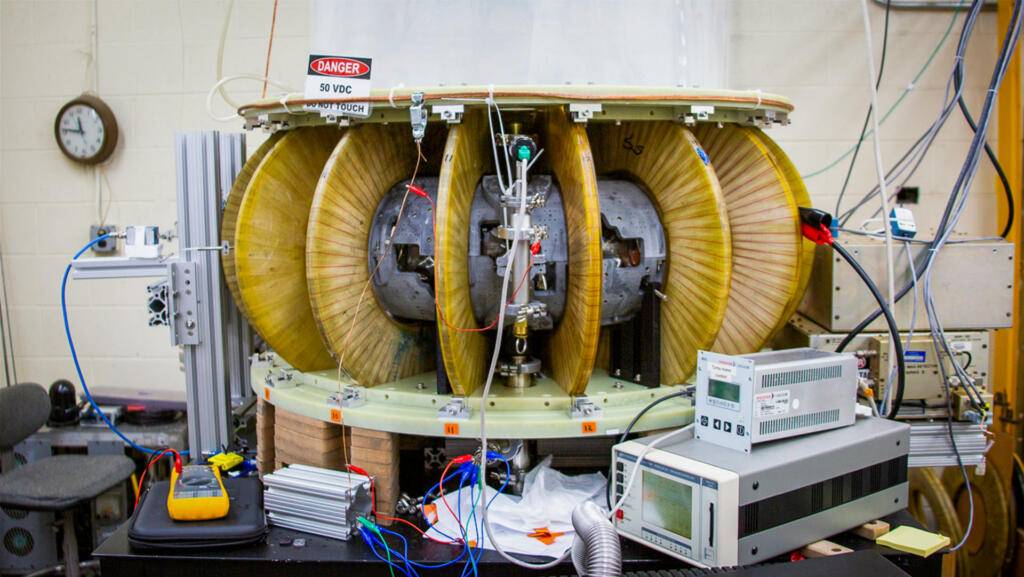The pursuit of energy production free from fossil fuels has gained significant momentum, with innovations in cleaner energy sources accelerating rapidly. One such advancement comes from the field of plasma research, specifically focusing on star generators or stellarators. These devices are crucial for exploring plasma, the fourth state of matter, which is immensely powerful but notoriously unstable. Among the latest developments in this field is MUSE, a new type of stellarator developed by researchers at the Princeton Plasma Physics Laboratory (PPPL), featuring a 3D printed casing and permanent magnets.
MUSE (Magnetized Ultra-Small Stellarator Experiment) is a revolutionary stellarator designed with simplicity and cost-effectiveness in mind. Unlike traditional stellarators that rely on complex electromagnets requiring additional electricity to generate magnetic fields, MUSE uses permanent magnets with simpler geometries. This innovative approach, combined with a 3D printed outer casing, has paved the way for more accessible and affordable studies in nuclear fusion power plants.
Permanent Magnets and 3D Printing: A Cost-Effective Solution Traditional stellarators are expensive to produce due to their reliance on complex electromagnets and intricate structures. However, recent research at PPPL has demonstrated that permanent magnets—akin to those used in refrigerators—can be used to generate magnetic fields under specific conditions. This discovery led to the need for a robust circular structure to support the magnets and withstand magnetic forces, prompting the use of additive manufacturing.
3D printing was key to meeting the unique manufacturing requirements for MUSE’s outer casing. The design flexibility offered by additive manufacturing allowed for a double-curvature bracket with multiple cavities of varying inclinations and radii, accommodating the magnets. Such complex geometries would have been challenging to achieve with conventional manufacturing methods. Throughout the development process, several partial and full-scale prototypes were produced using 3D printing, illustrating its potential for creating intricate designs.
The researchers utilized OpenSCAD software to design MUSE and opted for HP’s Multi Jet Fusion technology to bring their vision to life. This technology’s precision and ability to capture fine details were crucial for the project. The team considered other additive manufacturing methods like selective laser sintering, but concerns about potential distortions during cooling led them to choose Multi Jet Fusion.
Implications for the Future of Stellarators The creation of MUSE represents a significant step forward in stellarator design, offering a more cost-effective and simplified approach. Michael Zarnstorff, a senior research physicist at PPPL, noted that MUSE was primarily built with commercially available parts, underscoring the potential for reducing costs and streamlining production. The use of 3D printing enabled the team to collaborate with various companies and acquire the precise components they needed without producing them in-house.
This innovative approach has the potential to make star generators more affordable and accessible, contributing to further research in nuclear fusion and plasma physics. MUSE’s success demonstrates the transformative power of 3D printing in complex scientific applications, suggesting a promising future for plasma research and cleaner energy production.
Subscribe to AM Chronicle Newsletter to stay connected: https://bit.ly/3fBZ1mP
Follow us on LinkedIn: https://bit.ly/3IjhrFq
Visit for more interesting content on additive manufacturing: https://amchronicle.com


